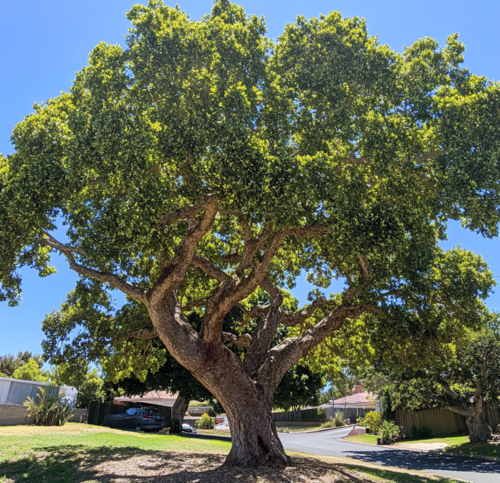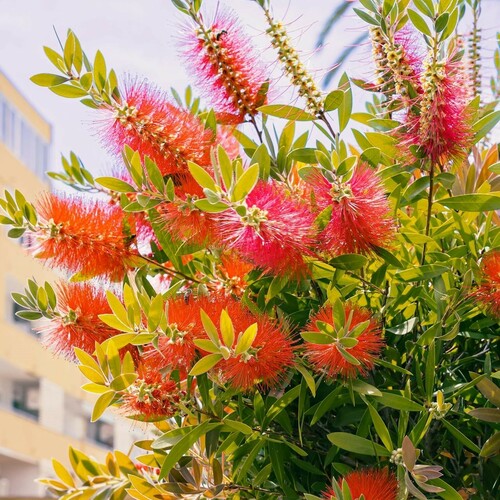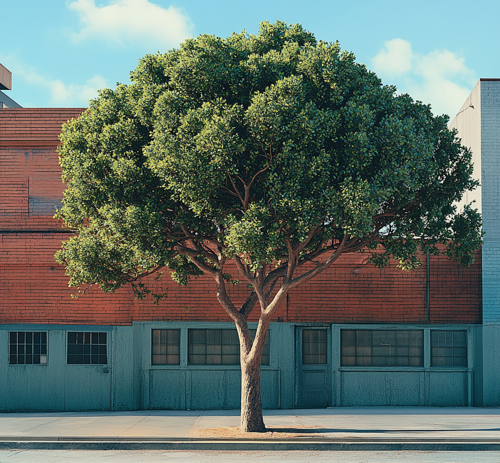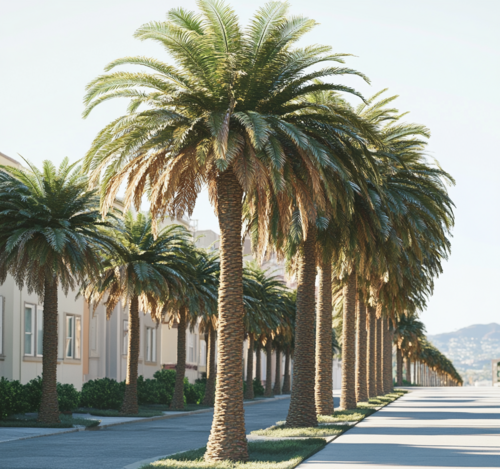The Top Street Trees for San Francisco
Introduction
Street trees play a vital role in urban environments by enhancing beauty, improving air quality, and providing shade and cooling effects. In a city like San Francisco, where space is limited and urbanization is high, carefully chosen street trees are valuable assets for both residents and visitors. If you’re in the San Francisco Bay Area, you will likely see these green giants along streets, adding both aesthetic and functional value.
Whether you’re a business owner or homeowner, planting trees along streets can elevate curb appeal and make the surroundings more inviting. Here are some of the best street trees for San Francisco’s unique climate and city layout.
How to Plant Trees in San Francisco
Before you start planting, remember that San Francisco requires a tree planting permit for all new street trees.
- Permit Requirements: The permit is free but mandatory to ensure that trees are correctly planted and do not interfere with infrastructure, such as sidewalks, pipes, or utilities.
- Applying for the Permit: You can submit the tree planting permit application online or by mailing a hard copy . If submitting by mail, ensure that the form is signed and includes the name and specifications of the tree species you plan to plant.
- For Construction Projects: If tree planting is related to new construction, attach site plans showing tree locations, along with nearby street lights, utility lines, and other infrastructure elements. Don’t forget to add the building permit number to the form.
Once your permit is approved, you can proceed with planting a tree that complements the urban environment of San Francisco. Below are some top picks.
Top Street Trees for San Francisco
Cork Oak ( Quercus suber )

Majestic Cork Oak: A Beautiful Addition to the Urban Landscape
The cork oak is an impressive choice for urban planting, reaching 30 to 60 feet tall with a wide, thick trunk covered in a unique, corky bark.
- Appearance: This tree has oval leaves with a striking color contrast—dark green on top and gray underneath. The textured bark and the shape of the foliage make it an attractive sight on any city street.
- Growth Requirements: The cork oak needs well-draining soil, as poor drainage can cause root issues. In overly alkaline soil, the leaves may turn yellow.
- Resilience: It’s moderately tolerant of wind and partial shade and is drought resistant once fully established, making it a low-maintenance option.
Lemon Bottlebrush ( Callistemon citrinus )

Stunning Red Blooms on a Lemon Bottlebrush Tree – Image by Laurentiu Eduard
Although technically a shrub, the lemon bottlebrush can be pruned and staked to grow into a round-headed, narrow tree—perfect for confined urban spaces.
- Distinctive Features: The leaves are narrow and are about three inches long, turning from a coppery shade when young to bright green as they mature. When bruised, the leaves emit a lemony scent.
- Tolerances: This tree can withstand wind, smog, fog, cold, poor soil, and even salty coastal air. It thrives in both sun and partial shade, though it will flower more in sunny conditions.
- Visual Appeal: The bottlebrush-like red flowers bloom in clusters, adding vibrant color and attracting pollinators such as bees and hummingbirds.
Grecian Laurel ( Laurus nobilis )

A Bay Laurel Tree Thriving in San Francisco’s Urban Landscape
The Grecian laurel , also known as the bay laurel , is a popular choice for street planting in San Francisco due to its resilience and manageable size.
- Physical Characteristics: This multistemmed tree grows between 15 and 25 feet tall, with a broad base that narrows at the top, giving it a conelike appearance. Its leaves, commonly used in cooking, are dark green, oval, and about 2-4 inches long.
- Seasonal Interest: In spring, the tree produces small yellow flowers that eventually turn into purple or black fruits.
- Tolerances: Native to the Mediterranean, it thrives in drought-prone conditions and rocky or sandy soils, and it withstands wind, salty air, and extreme temperatures.
Bailey’s Acacia ( Acacia baileyana )

A Bailey’s Acacia Tree Enhancing San Francisco’s Streetscape
With its delicate leaves and vibrant blooms, Bailey’s acacia brings beauty and resilience to urban streets.
- Appearance: This tree grows up to 20-30 feet, featuring feathery blue-gray leaves and clusters of bright yellow flowers, creating a striking winter display.
- Bloom Time: Unlike most trees, Bailey’s acacia flowers in midwinter, adding color when most other plants are dormant.
- Growing Conditions: It is drought tolerant, adapts to various soil types, and is moderately resistant to wind and shade, making it a hardy choice for urban areas.
Queen Palm ( Syagrus romanzoffiana )

An Elegant Row of Queen Palm Trees Beautifying a San Francisco Streetscape
The queen palm adds a touch of tropical elegance to the streets of San Francisco, with its straight trunk and lush, green fronds.
- Size and Shape: Growing between 30 and 40 feet tall, the queen palm has a slender upright trunk and a canopy of long, arching leaves that sway gracefully in the wind.
- Climate Tolerance: This palm can withstand moderate salt spray and does well in both sandy and loamy soils, making it suitable for coastal urban areas.
- Additional Considerations: While it doesn’t provide as much shade as some other trees, the queen palm creates a welcoming and exotic aesthetic, especially in warmer microclimates within the city.
Final Thoughts on the Best Street Trees for San Francisco
Choosing the right street tree is an investment in your community’s beauty, sustainability, and resilience. Trees like the cork oak, lemon bottlebrush, Grecian laurel, Bailey’s acacia, and queen palm are all excellent options that suit the unique demands of San Francisco’s urban environment . Each of these trees is resilient and low-maintenance, providing years of beauty and benefits for both people and wildlife.
Originally posted on March 7, 2019.


